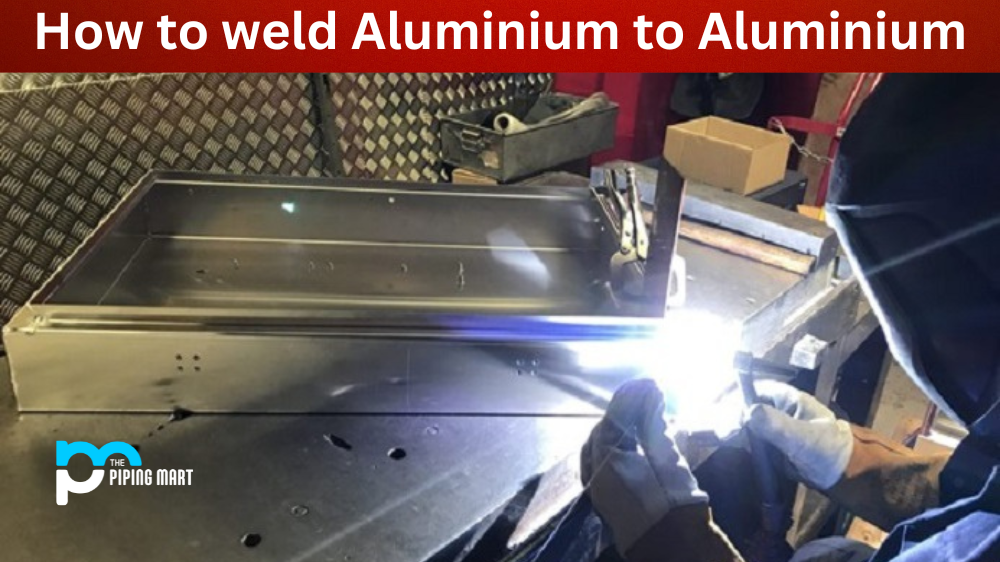If you’re looking to weld aluminum to aluminium, you have come to the right place! This blog will take you through the step-by-step process of welding aluminum. We’ll cover everything from the tools and materials you need to safety precautions and tips for successful welding. It’s important to understand that welding aluminium is a complex task and requires proper preparation and a skilled hand in order to do it properly. With that being said, let’s get started!
Preparing for Welding
When preparing to weld two pieces of aluminum together, there are several steps that must be taken in order to ensure a successful weld. First, make sure all surfaces are clean and free of any dirt or debris. This is especially important when welding two pieces of aluminum together because any impurities on the surface can lead to porosity in the weld itself. Next, use an appropriate grinding wheel (designed specifically for aluminium) or sandpaper to smooth out any rough edges on both pieces of metal before they are joined together. Finally, use a wire brush or other abrasive tool to remove any oxidation from the surface of the metal; this will help ensure an even distribution of heat during the welding process and prevent cracking or distortion in finished welds.
Welding Process
Once your materials are prepped and ready for welding, it’s time to start the actual process itself. Begin by setting up your welder using its user manual as a guide, then set your amperage accordingly, depending on the thickness of your material. Once you have set up your welder properly, begin by making small tack welds around the circumference of where both pieces meet; these will help hold them together while welding around them in full circles until complete fusion has occurred between both metals. After completing each cycle of welding, stop periodically and let the workpiece cool down before resuming again so as not to overheat it. Also note that when welding thin sheets of aluminium together (less than 1/8 inch thick), use short bursts rather than long continuous welds, which can cause warping due to too much heat input into one area at once; instead, move quickly around all points evenly throughout each pass made with your torch until complete fusion occurs between both metals.
Get the Right Equipment
The first step in welding aluminium to aluminium is to make sure you have the right equipment. You will need an aluminium welding machine, as well as a wire feeder and a welding torch. You will also need a power source that can provide at least 230 volts.
Clean the Metal
Before you begin welding, you will need to clean the metal. Use a wire brush to remove any rust or dirt from the surface of the metal. If there are any paint or other coatings on the metal, you will need to remove them as well.
Set Up the Machine
Once you have all of your equipment, you will need to set up the machine. Follow the instructions that came with your machine to properly set it up. Make sure that the power source is turned off before you begin connecting any wires.
Weld the Metal
Once everything is set up, you can begin welding the metal. Start by feeding the wire through the torch and into the power source. Then, turn on the power source and begin welding at a slow speed. Increase the speed as needed until you have welded the entire piece of metal together.
Let It Cool
After you have finished welding, turn off the power source and let the metal cool. Once it is cool, you can remove any excess weld material with a chisel or file
Conclusion:
Welding two pieces of aluminium is no easy task – but with proper preparation and execution, anyone can do it safely and successfully! Before starting any project involving aluminium welding, make sure you have read up on all necessary safety precautions as well as familiarized yourself with how best to prepare materials for joining together under heat application so as not to create any hazards along the way that could potentially damage equipment or hurt personnel working nearby during the process itself. With this knowledge in mind – good luck with your upcoming project!

Pipingmart is a B2B portal that specializes in metal, industrial and piping items. Additionally, we share the latest information and information about materials, products and various types of grades to assist businesses that are involved in this business.




